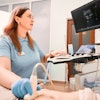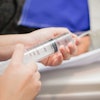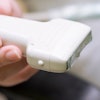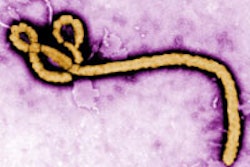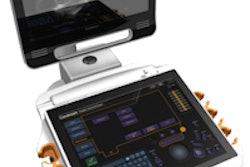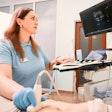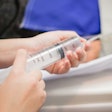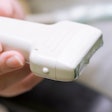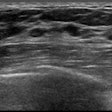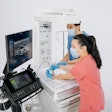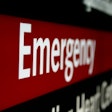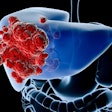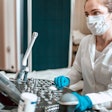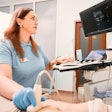Dear AuntMinnie Member,
Carestream Health shook up the ultrasound market today by announcing the launch of a new superpremium system with a distinctly different approach to scanner instrumentation.
Carestream Touch replaces the traditional scanner keyboard and controls with a 19-inch touchscreen display that can be programmed and customized based on user preferences. Carestream plans to sell a full line of Touch scanners for different price points and applications, all of which will share a single user interface.
It's an interesting move for a company that in a previous iteration was synonymous with x-ray film, that most traditional of medical imaging commodities. But Carestream sees ultrasound as a large and growing market where it can leverage its sizable sales and service infrastructure with a new and potentially disruptive technology.
Learn more about the launch by clicking here, or visit our Ultrasound Community at ultrasound.auntminnie.com.
How to prepare for Ebola
The spread of Ebola is generating headlines around the world as healthcare facilities struggle to protect patients and personnel from the deadly virus. Radiology can be an important first-line tool in detecting Ebola infection -- but how can you do it without exposing your staff?
Fortunately, organized radiology is jumping in to help. Two of the specialty's major journals, Radiology and the American Journal of Roentgenology, this week published special reports that provide imaging facilities with guidelines on how to handle patients suspected of being infected.
Mobile x-ray and ultrasound are the best tools for examining Ebola patients, because the systems can be transported to special isolation rooms and biocontainment units where these individuals are treated. Ebola patients should not be transported outside of their isolation rooms for imaging, which rules out using more advanced modalities such as CT, MRI, and PET.
The report in Radiology provides specific tips for how to image Ebola patients in isolation rooms -- read more by clicking here. And check out our coverage of the AJR report by clicking here.
Change at RSNA
RSNA later this month will begin celebrating the 100th anniversary of its annual conference. We've already brought you a few articles on the festivities that are being planned, from the RSNA's Centennial Showcase event to exhibits on unique forms of art made from radiographs.
This week, we're bringing you a look back at the changes one radiology industry veteran has witnessed over the course of 30 years of attending the meeting. Anthony Stevens, PhD, of research and consulting firm Medical Options, actually attended his first RSNA conference in Washington, DC -- the last time the meeting was held at a location apart from Chicago.
Since then, he's seen the fortunes of the radiology industry -- and its showcase conference -- rise and fall. New imaging modalities have arisen, and old ones have either adapted or fallen by the wayside, along with some of the companies that sold them.
Take a fascinating walk down RSNA memory lane by clicking here, or visit our RADCast @ RSNA special section.
